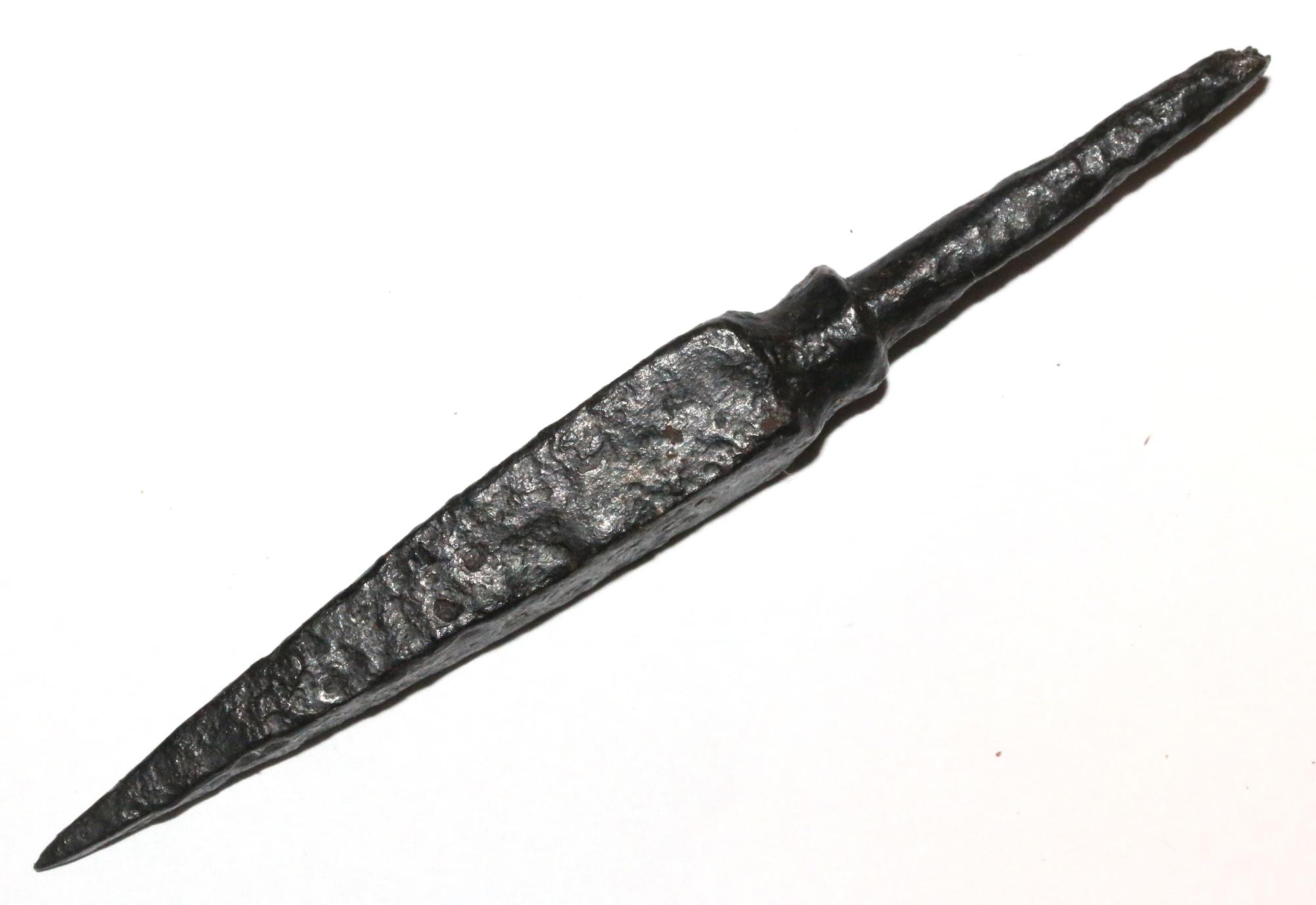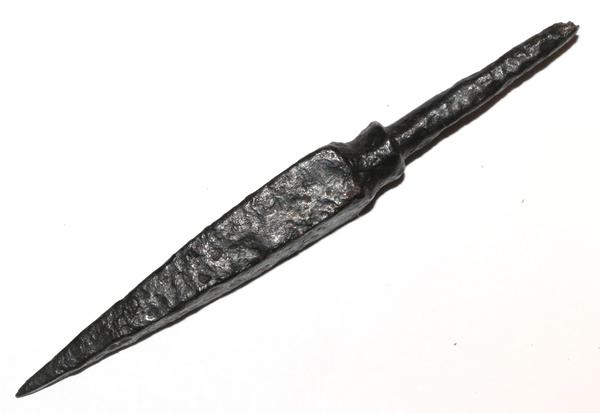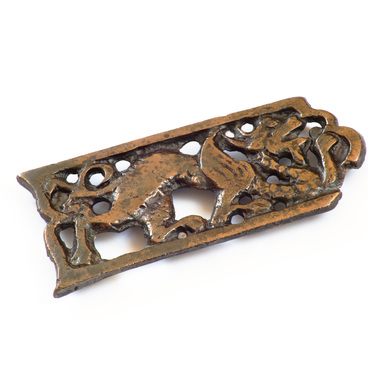The bow and arrows are one of the oldest weapons, which appeared in the Stone Age. With the help of a bow, the primitive people hunted fast and cautious animals, which were difficult to get close to.
The bow was made from suitable wood or a bent resilient branch. The wooden bow did not serve for long — in a tense state, the tree quickly became weary, did not spring and deform, so that the bowstring was pulled only before hunting or fighting. The bowstring was made from animal veins, intestines, rawhide or plant fibers. Even branches and shoots or splinters from a chopped solid tree were used for making arrows. If the branches were uneven, masters straightened them by slightly heating over the fire.
The first arrowheads appeared at the dawn of civilization. The earliest finds are over 30 thousand years old. Tipped arrows were used in large numbers, so the arrowheads were made hastily. Together with stone, bone heads were also used; they were used at the beginning of the Common Era but were applied only during hunting birds or fur-bearing animals.
With the advent of metal, arrowheads began to be performed in different configurations. Triangular heads with sharp blades or triangular heads with burrs were made until the appearance of guns. This type of arrow inflicted the greatest damage and, it was difficult to extract them from the body.
The narrow pyramid-shaped faceted head had the highest penetrating power. Presumably, the Scythians were the first to use such head at the beginning of the Common Era. They cast it in bronze.
A similar faceted arrowhead was found during excavations in the Bolgar ancient settlement. The initial dating refers archaeologists to the 13th century during the existence of the Golden Horde. In the Volga Bulgaria, different arrowheads were used in different years. For example, up to the beginning of the 10th century bladed welded arrowheads were used, in the 11th — 12th centuries there was a small combat head with a regular pyramid at the end, and the heads dated from the 13th — 14th centuries were distinguished by their shape with an elongated pyramid or the shape of a chisel. Additional sharpening gave them greater impact strength.
The bow was made from suitable wood or a bent resilient branch. The wooden bow did not serve for long — in a tense state, the tree quickly became weary, did not spring and deform, so that the bowstring was pulled only before hunting or fighting. The bowstring was made from animal veins, intestines, rawhide or plant fibers. Even branches and shoots or splinters from a chopped solid tree were used for making arrows. If the branches were uneven, masters straightened them by slightly heating over the fire.
The first arrowheads appeared at the dawn of civilization. The earliest finds are over 30 thousand years old. Tipped arrows were used in large numbers, so the arrowheads were made hastily. Together with stone, bone heads were also used; they were used at the beginning of the Common Era but were applied only during hunting birds or fur-bearing animals.
With the advent of metal, arrowheads began to be performed in different configurations. Triangular heads with sharp blades or triangular heads with burrs were made until the appearance of guns. This type of arrow inflicted the greatest damage and, it was difficult to extract them from the body.
The narrow pyramid-shaped faceted head had the highest penetrating power. Presumably, the Scythians were the first to use such head at the beginning of the Common Era. They cast it in bronze.
A similar faceted arrowhead was found during excavations in the Bolgar ancient settlement. The initial dating refers archaeologists to the 13th century during the existence of the Golden Horde. In the Volga Bulgaria, different arrowheads were used in different years. For example, up to the beginning of the 10th century bladed welded arrowheads were used, in the 11th — 12th centuries there was a small combat head with a regular pyramid at the end, and the heads dated from the 13th — 14th centuries were distinguished by their shape with an elongated pyramid or the shape of a chisel. Additional sharpening gave them greater impact strength.



